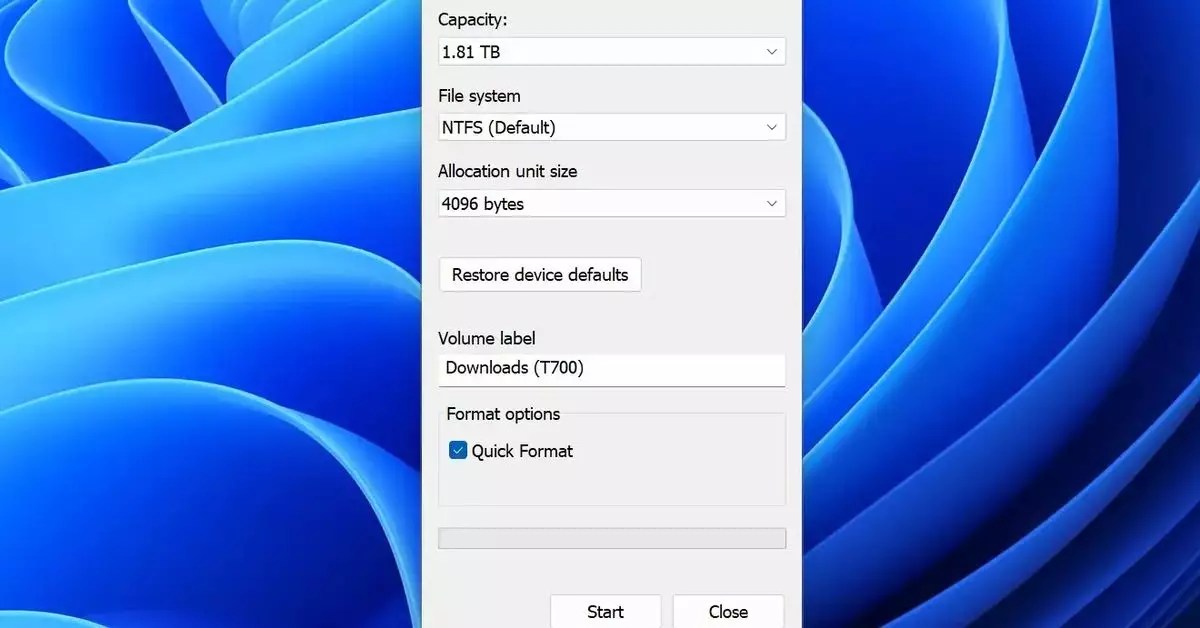A software developer at Microsoft’s headquarters in Redmond created a dialog box almost 30 years ago, intending it to be temporary. This simple, basic dialog box for formatting drives was never updated and remains unchanged in Windows 11 to this day.
Dave Plummer, a former developer at Microsoft, shared the story of how the Format drive dialog box came to be. While porting code from Windows 95 to NT, Plummer had to create a custom UI for formatting drives. He listed down all the formatting options like filesystem, label, cluster size, compression, and encryption on a piece of paper before implementing the basic UI as a placeholder.
Plummer expected a more elegant UI to replace his temporary solution, but that improvement never materialized. As a result, his basic dialog box design has persisted in Windows operating systems for almost three decades. The decision to limit the format size of a FAT volume to 32GB was another arbitrary choice made by Plummer, which has endured as a permanent feature of Windows.
While FAT volumes can support up to 2TB, Windows users are constrained to creating only 32GB volumes due to the decisions made by Plummer many years ago. Third-party tools are required to access the full capacity of FAT volumes beyond 32GB, as Microsoft’s OS does not natively support larger volumes. Despite numerous updates to the Windows UI over the years, the Format dialog box has remained untouched since its inception in Windows NT.
The Format drive dialog box in Windows 11 serves as a testament to the unexpected longevity of temporary solutions. What was meant to be a placeholder until a more sophisticated UI could be developed has now become a permanent fixture in the Windows operating system. The tale of how a simple design decision made decades ago continues to impact user experiences today highlights the unpredictability of software development and the enduring legacy of seemingly insignificant choices.


Leave a Reply